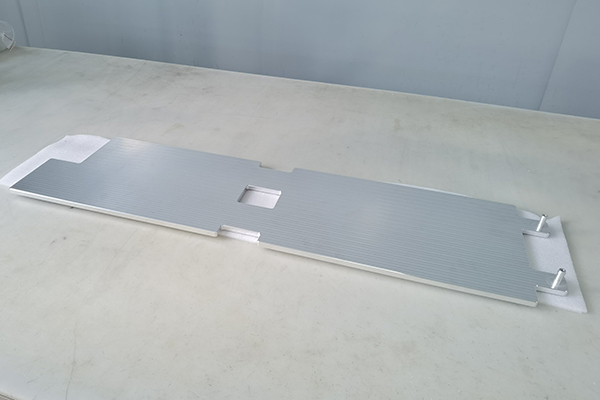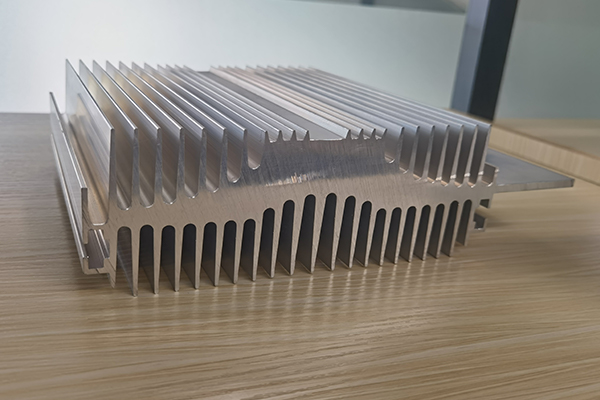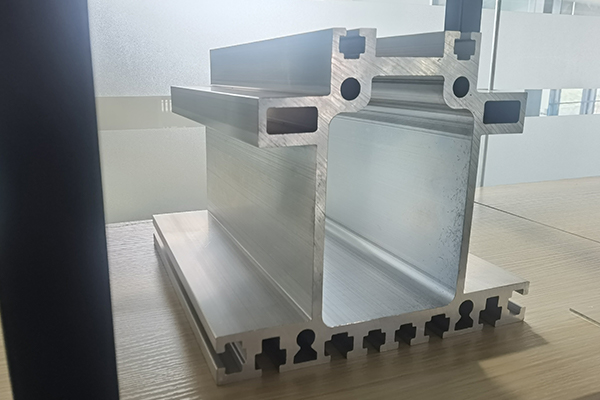A heat pipe is a passive two-phase heat transfer device designed to improve the performance of a standard heat sink through the evaporation and condensation cycle of the working fluid enclosed in a vacuum-sealed housing. They are often used when heat from electronic components (semiconductors) cannot move or diffuse efficiently enough through standard finned aluminum or copper radiators. Heat pipes have high thermal conductivity, ease of bending and forming, and extremely long service life, making them an ideal choice when heat needs to be efficiently transferred or diffused into the condenser area of a radiator (usually a finned set).
Topics:
Heat pipe technology
Working principle of heat pipe
Type of heat pipe
When to use heat pipes
Heat pipe performance
The heat pipe is bent and flattened
Heat pipe technology

To understand heat pipe technology, it is important to define each component of the device: the housing material, the core structure, and the working fluid.
Heat pipe housing/housing material
The heat pipe housing is a vacuum-sealed container (tube or envelope) containing a working fluid that carries heat away from the semiconductor in the form of steam, and has a capillary structure that carries condensed steam (liquid) back to the heat source. The most commonly used housing material is copper, followed by aluminum, but stainless steel and titanium are also used depending on the application and the housing material's long-term compatibility with the core structure and working fluid. Thicker walls can be used to enhance the structural integrity of the device, while thinner walls may be more suitable for space-constrained applications.
Heat pipe wick structure
The heat pipe core is a capillary structure along the inner wall of the device that is used to transport the working fluid from the condenser area of the radiator back to the heat source while keeping it separated from the steam traveling in the other direction. The capabilities of the core structure vary: a) handle higher power density applications; b) When the heating area of the heat pipe (evaporator) is located above the cooler area (condenser), the liquid is moved against gravity.
Heat pipe core type, heat flux and thermal resistance
Sintered cores - made by lining the walls of heat pipes with power metal (usually copper) and then baking them at high temperatures so that the particles fuse with each other and with the walls of the device - are the same process used to make brake pads for cars. Since sintered copper heat pipes can handle high heat fluxes and resist gravity well, they offer maximum design flexibility, making them the most widely used heat pipes for cooling electronic devices.
Screen/mesh or braided core - Screens with vertical metal wires (such as screen doors) or braided copper wires that run in the same direction are another type of heat pipe core material. They are typically used to make heat pipes as thin as possible while still allowing the device to resist gravity at a small Angle. Mesh and braided capillary heat pipes are cheaper than sintered capillary heat pipes, but they are more limited when the semiconductor heat flux increases.

Fluted core - The main advantage of fluted heat pipes is that they are cheap, because the core structure is formed during the heat pipe extrusion process. When the condenser is flush with or above the evaporator, these devices can only function properly in gravity-neutral or gravity-assisted applications.
Working fluid used in heat pipes
When in steam form, the working fluid enables heat pipes to achieve higher thermal conductivity (lower thermal resistance) than solid copper or aluminum. The choice of fluid depends primarily on the temperature range in which the device is designed to operate, but also on the direction of the heat pipe and the toxicity/flammability of the liquid.
The Factor of quality (FOM) is the second column in the table below and is used to compare the performance of different liquids as working fluids in heat pipes. This fraction tells the engineer which liquid is better at transferring heat - the higher the number, the better. To calculate FOM, divide the effective thermal conductivity of the working fluid by the vapor pressure at the operating temperature.

The next variable of interest is the surface tension of the working fluid. This is an important factor in determining the capillary action that drives the flow of the working fluid in the heat pipe. The surface tension of the working fluid interacts with the capillary structure inside the heat pipe to provide the capillary force needed to move the liquid from the condenser to the evaporator. Higher surface tension means stronger capillary forces and more efficient heat pipes.
Once the correct working fluid is selected, a compatible housing is selected. Both water and methanol heat pipes are compatible with copper housings, while ammonia and acetone heat pipes primarily use aluminum. Mixing incompatible materials shortens the life of heat pipes.